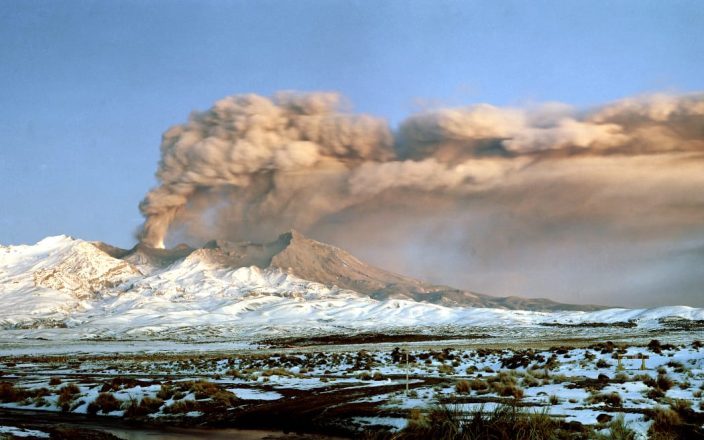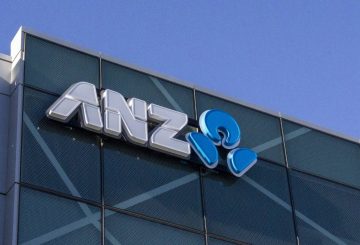뉴질랜드의 화산인 루아페후 산은 1995-1996년에 마지막으로 폭발했습니다.전문가들은 화산이 다시 폭발하면 북섬, 심지어 오클랜드와 같은 지역의 많은 주택이 화산재로 뒤덮일 수 있다고 말합니다.자연재해위원회는 GNS Science의 새로운 모델에 자금을 지원하고 있습니다.이 모델은 비상 대응팀이 화산재가 어디에 떨어지고 얼마나 있는지 추적하는 데 도움이 되며, 이는 신속한 대응에 도움이 될 것입니다.
GNS의 Josh Hayes 박사가 이 모델을 연구하고 있습니다.그는 루아페후가 향후 50년 내에 다시 폭발할 가능성이 있다고 믿고 있습니다.과거의 분화는 피해가 거의 없었지만, 다음 폭발은 규모가 더 커져 여러 지역에 영향을 미칠 수 있습니다.뉴질랜드의 과거 산재 폭포에 대한 자료가 제한적이기 때문에 연구자들은 다른 국가의 정보를 사용하여 영향을 예측하고 있습니다.
새 모델은 Geonet의 실시간 화산재 낙하 데이터를 건물 및 건물 위험에 대한 정보와 함께 사용할 것입니다.이를 통해 응급 팀은 분화 시 어떤 구조물이 손상될 수 있는지 파악할 수 있습니다.특히 화산이 여러 번 폭발할 경우 모델은 새로운 정보로 지속적으로 업데이트될 것입니다.
헤이즈 박사는 화산재가 일부 문제 (예: 거터 붕괴) 를 일으킬 수 있지만 화산 근처에 집이 많지 않기 때문에 심각한 건물 손상은 발생할 가능성이 적다고 지적했습니다.주변 땅의 대부분은 국립공원으로서 심각한 파괴를 막는 자연 장벽 역할을 합니다.
자연재해위원회의 목표는 뉴질랜드가 자연재해에 더 잘 대비할 수 있도록 하는 것입니다.그들은 화산 폭발과 같은 사건이 발생한 후 지역사회가 더 빨리 회복되기를 원합니다.루아페후 시장인 웨스턴 커튼 (Weston Kirton) 은 1996년 폭발로 공항과 스키장이 파괴된 것을 기억합니다.그는 새로운 화산재 낙하 모델을 지지하며, 향후 계획과 대응이 개선되기를 희망합니다.이 모델은 2025년 말에 완성될 것으로 예상됩니다.






























































